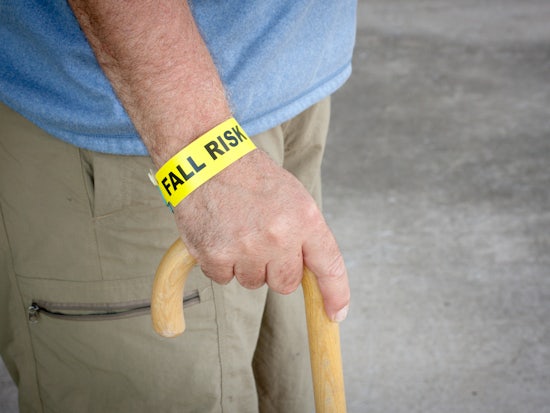Uni study finds feasibility in falls prevention exercise study
Community care workers and their clients in Western Australia have proven the success of falls prevention programs as part of research run by Curtin University’s School of Physiotherapy and Exercise Science.

A new study shows that exercise in home can help prevent falls in seniors (Source: Shutterstock)
The research, which used 25 WA community care workers and was published this week in the journal Clinical Interventions in Aging, reveals that trained community care workers are able to safely incorporate a falls prevention exercise program into their existing services for older clients.
Lead author Dr Elissa Burton from Curtin University’s School of Physiotherapy and Exercise Science says the results of their study show the huge toll of falls among older home care clients could be addressed by incorporating prevention exercises into the existing services offered by community care workers.
As part of the research, which also included community care clients of the average age of 82.7 years, each community care worker received four hours of training in order to be able to offer the falls prevention exercise programs to their clients as part of the existing services they offer.
“Our research found that 82 percent of surveyed clients enjoyed the exercises they were given, with 59 percent saying the activities in the falls prevention program made a positive change in their health,” she says.
“This tells us that the clients saw the benefit of taking part in falls prevention exercise programs and those programs were safely incorporated into the existing services offered by community care workers.”
Dr Ryan Harvey from House Call Doctor recently highlighted the many factors that can cause a senior to fall and listed a number of prevention methods to reduce falls, saying that “Preventing the risk of falling is important not just because it protects physical health, but because it helps a person maintain independence as the body ages.”
Curtin University’s Dr Burton says their research and study was aimed at addressing the declining number of community care clients taking part in falls prevention programs, highlighting the high numbers of falls patients within this particular group of people.
“Older people receiving community care services in Australia are twice as likely to fall as older people of the same age who are not receiving services, and these falls rates have not changed over the last decade,” Dr Burton explains.
“Another study by our Curtin team has shown that there was a 47 percent reduced likelihood of falls among community care clients who take part in falls prevention programs, so this research offers another potential avenue to help clients who might be at risk of falling.”
Dr Burton further explains that further research will still be needed to determine whether the delivery of falls prevention exercise programs reduced the rate of falls among participating clients.























